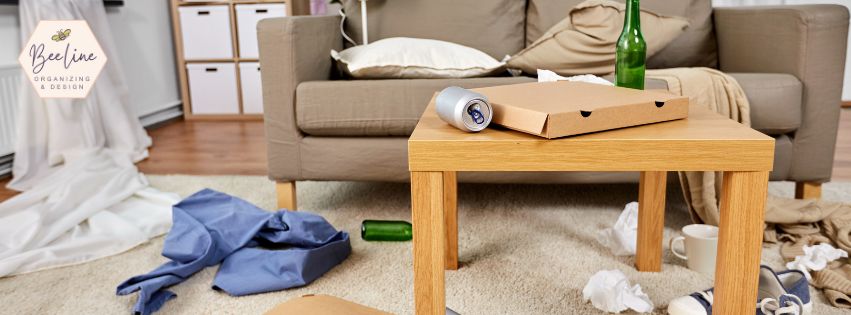How to Fix Disorganization
Disorganization can be a major obstacle to productivity, mental clarity, and overall well-being. Whether it affects your workspace, home, or daily routines, tackling disorganization is essential for creating a more efficient and stress-free life. In this blog post, we will explore practical strategies to fix disorganization and help you regain control over your surroundings and your schedule.
Understanding Disorganization
Before diving into solutions, it’s important to understand what causes disorganization. Disorganization often stems from a combination of habits, environmental factors, and sometimes underlying issues such as procrastination or lack of prioritization. Recognizing the root causes can help you develop tailored approaches to overcome it.
Common causes of disorganization include:
- Accumulation of clutter and lack of dedicated storage spaces
- Poor time management and lack of planning
- Difficulty prioritizing tasks or decisions
- Emotional attachments to items, leading to hoarding
- Inconsistent routines and habits
By identifying which of these factors contribute most to your disorganization, you can start addressing them directly.
Decluttering: The First Step to Fix Disorganization
One of the most effective ways to fix disorganization is to begin with decluttering. Clutter not only makes your space look chaotic but also impairs your ability to focus and feel calm.
How to Declutter Effectively
- Start Small: Break down your decluttering process into manageable areas, like a single drawer or a section of a room.
- Sort Items: Use a system such as “Keep,” “Donate,” “Trash,” and “Relocate” to decide what to do with each item.
- Ask Yourself Questions: Do I use this? Does it add value or joy? When was the last time I used it?
- Be Consistent: Schedule regular times to declutter, whether weekly or monthly, to prevent disorganization from creeping back in.
After decluttering, you’ll have a clearer space that encourages focus and productivity.
Organizing Your Space to Prevent Disorganization
Once clutter is reduced, it’s vital to create an organizational system that works for you. Organization means having designated places for your belongings and tools to keep track of tasks.
Tips for Organizing Physical Spaces
- Use Storage Solutions: Invest in shelves, bins, folders, or drawer dividers to categorize and store items neatly.
- Label Everything: Labels make it easier to return items to their designated spots.
- Keep Frequently Used Items Accessible: Store them where you can reach them easily to avoid creating mess.
- Create Zones: Allocate specific areas for different activities—work, relaxation, hobbies—to promote order.
By organizing your physical environment, you reduce the chances of disorganization creeping back into your everyday life.
Time Management to Combat Disorganization
Disorganization isn’t just about physical space; it also affects how you manage your time. Without a system for organizing your schedule, deadlines and responsibilities can quickly pile up.
Strategies to Improve Time Management
- Use Calendars and Planners: Whether digital or paper, these tools help you plan ahead and keep track of appointments.
- Prioritize Tasks: Use methods like the Eisenhower Box to categorize tasks by urgency and importance.
- Break Tasks Into Smaller Steps: Avoid feeling overwhelmed by dividing large projects into manageable actions.
- Set Time Limits: Allocate specific time blocks for tasks to maintain focus and avoid procrastination.
Effective time management reduces mental clutter and helps maintain organization throughout your day.
Building Consistent Habits to Maintain Organization
Fixing disorganization is one thing, but maintaining an organized lifestyle requires building consistent habits. Small daily actions can create a big impact over time.
Habits to Cultivate
- Daily Tidying: Spend 5–10 minutes each day putting things back in their place.
- Plan Your Day: Start the morning by reviewing your schedule and setting priorities.
- Review Weekly: Take time each week to assess your progress and adjust organizational systems if needed.
- Limit New Clutter: Be mindful of new items entering your space; adopt a one-in-one-out policy if necessary.
Consistency will help you stay organized long-term and prevent disorganization from becoming overwhelming again.
Final Thoughts
Disorganization is a common challenge but one that can be fixed with intention and systematic effort. By decluttering your environment, organizing your spaces, mastering time management, and building sustainable habits, you can transform chaos into order. Fixing disorganization not only improves your productivity but also contributes to a clearer mind and a more peaceful lifestyle. Remember, fixing disorganization is an ongoing process — patience and persistence are key. Start small, stay consistent, and you’ll enjoy the benefits of a more organized life every day.
Contact us today and let us help you out of your disorganized environment!

